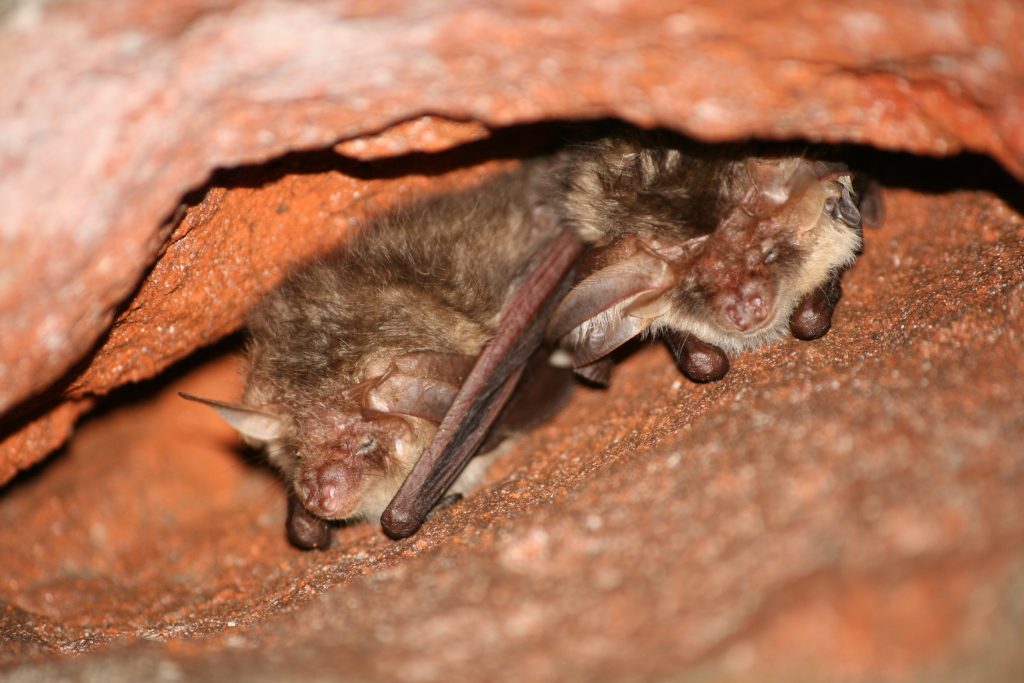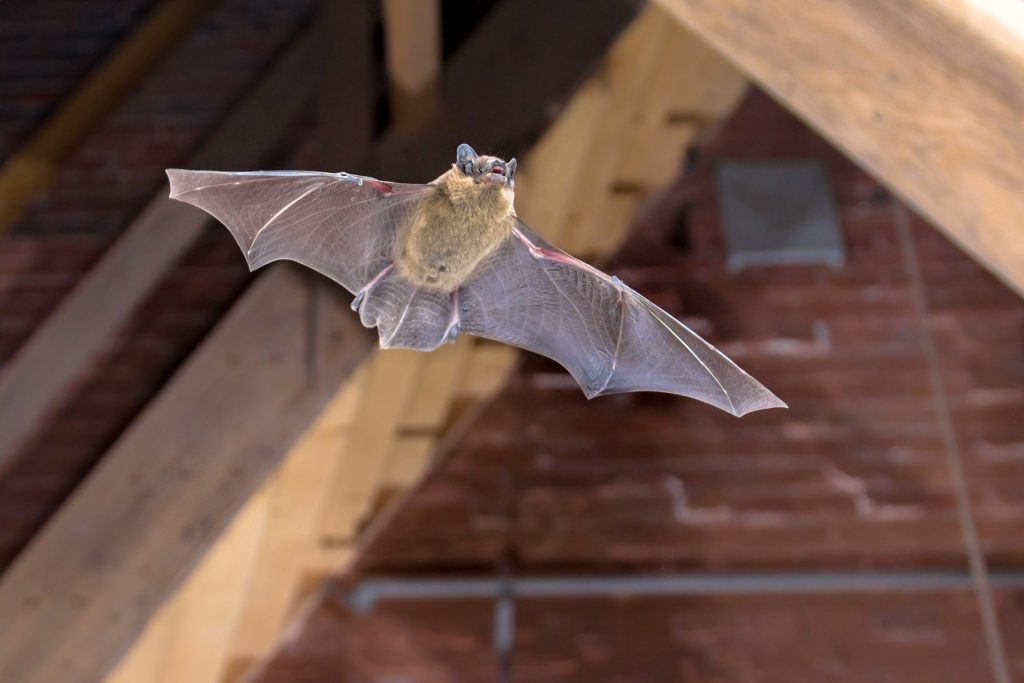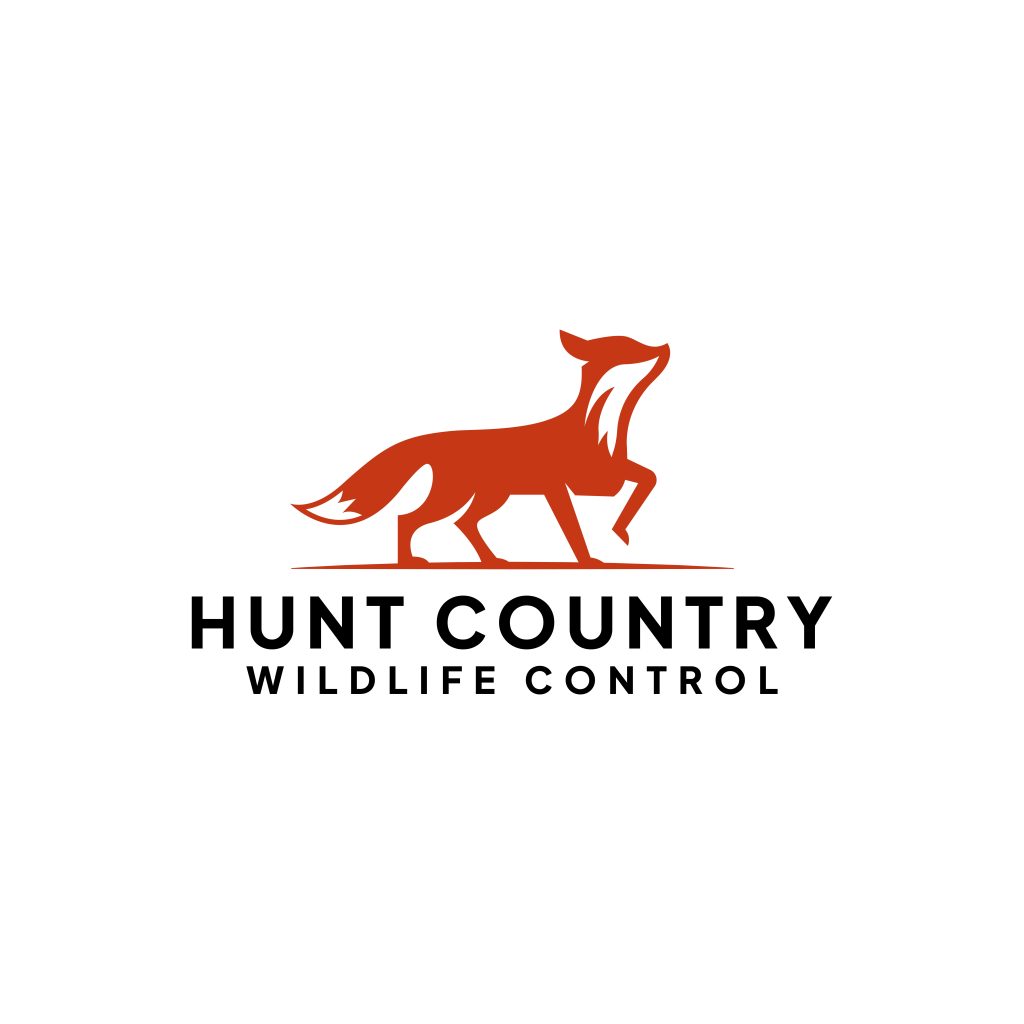Bat Removal
Hunt Country Wildlife Control is the leading provider of bat removal services in Loudoun County, VA, offering comprehensive and humane bat control solutions for homeowners and businesses. With a deep understanding of local bat species and extensive experience in wildlife management, our team is equipped to safely and efficiently handle any bat problem, no matter the scale. If you’re facing a bat infestation or suspect bats have invaded your attic, Hunt Country Wildlife Control can help restore your peace of mind.
Understanding Our Bat Removal Process
Our bat removal process is designed to be humane, thorough, and in compliance with all state and federal regulations. Bats play a crucial role in Virginia’s ecosystem, so it’s essential to handle their removal ethically. Our step-by-step approach ensures effective bat exclusion without harming the animals:
Step 1: Initial Bat Removal Inspection
The first step in our bat removal service is a detailed inspection of your property. Our team looks for common signs of bat activity, including guano (bat droppings), oily streaks near entry points, and chirping sounds during twilight hours. We focus on typical bat entry points such as soffits, vents, and chimney gaps, ensuring no detail is overlooked.
Step 2: Identifying Bat Species and Colony Size
Different species of bats have varying behaviors, nesting habits, and colony sizes. Correctly identifying the species allows us to tailor our removal strategy to suit your unique situation. In Virginia, the most common residential bat species include the Big Brown Bat and the Little Brown Bat. Understanding their habits ensures a successful exclusion strategy and prevents repeat infestations.
Step 3: Bat Exclusion Planning and Setup
Bat exclusion involves sealing up all possible entry and exit points except one. We install one-way bat valves or exclusion devices at these remaining points. These devices allow bats to exit the building safely but prevent re-entry. Our exclusion methods are humane and safe, ensuring that no bats are trapped inside the property during the process.
Step 4: Complete Sealing and Proofing
After the bats have vacated, we remove the exclusion devices and seal up all potential entry points. This step is crucial for preventing future infestations. We use durable materials like metal mesh and high-quality sealants to close any gaps, cracks, or openings that bats could use to regain access.
Step 5: Guano Cleanup and Decontamination
Bat droppings (guano) can pose serious health risks if left untreated. Guano can harbor harmful pathogens, including the fungus Histoplasma capsulatum, which causes histoplasmosis. We provide thorough guano cleanup and decontamination services to eliminate these health hazards and restore the safety of your home.
Step 6: Follow-Up and Monitoring
After exclusion and cleanup, we conduct follow-up inspections to ensure the success of our removal efforts. Monitoring your property for any signs of bat activity helps us guarantee that the problem has been fully resolved and provide you with long-lasting results.


How to Identify Bat Presence in Your Virginia Home
Bats are elusive creatures, often making their way into homes without homeowners noticing. It’s essential to recognize the early signs of a bat infestation before the problem escalates. Here are some indicators to look for:
1. Guano Accumulation
One of the most visible signs of a bat infestation is the accumulation of bat droppings (guano). Guano typically gathers near entry points, on window sills, or in attic spaces. It appears as small, dark pellets that crumble into a fine powder when touched. If you notice guano piles in or around your home, it’s time to call a bat removal expert.
2. Strange Noises at Dusk or Dawn
Bats are nocturnal creatures, meaning they are most active during dusk and dawn. If you hear scratching, squeaking, or flapping sounds from your walls or attic, especially during these hours, it could indicate bat activity.
3. Strong Ammonia Odor
Bat guano and urine produce a potent ammonia-like odor. As bat colonies grow, this smell can become quite pungent and noticeable inside the home, especially in attics or enclosed spaces.
4. Stained or Greasy Marks Near Entry Points
Bats often leave behind dark, greasy stains near their entry and exit points. These marks are caused by the oil on their fur rubbing against surfaces as they squeeze through small gaps. Look for these stains around attic vents, chimney cracks, or under eaves.
5. Presence of Dead Bats or Bat Activity Around the Property
Seeing dead bats outside your home or noticing increased bat activity around dusk could signal a bat infestation. Even a single bat sighting inside your home warrants a professional inspection.
Contact Hunt Country Wildlife Control for Bat Removal Services Today
Why It’s Critical to Remove Bats from Your Home
Bats may seem harmless, but their presence in your home can lead to several serious health and safety concerns. Here are the primary risks associated with bat infestations:
Health Risks
- Rabies Exposure: While not all bats carry rabies, the risk is significant enough that any direct contact with a bat should be taken seriously. Rabies is a fatal disease if left untreated.
- Histoplasmosis: As mentioned earlier, bat guano can harbor the fungus Histoplasma capsulatum. Inhaling its spores can cause histoplasmosis, a respiratory disease that can be severe or even fatal in humans.
- Parasites: Bats can carry ectoparasites like bat bugs (similar to bed bugs), ticks, and mites, which can spread to humans and pets.
Structural Damage
Bat colonies can cause extensive damage to your home’s structure. Their droppings accumulate over time, soaking into wood and insulation, which can lead to rot and decay. The acidic nature of guano can also corrode metal and other materials, compromising the integrity of your property.
Risk of Bat Bites
While bats usually avoid human contact, a cornered or frightened bat may bite in self-defense. This poses a significant health risk, especially to children and pets.
Noise and Odor
The noise and smell from a bat infestation can become unbearable over time. The constant squeaking, flapping, and scratching disrupt your peace, while the strong ammonia-like odor from guano and urine can permeate your living space.
Frequently Asked Questions About Bat Removal
To help you better understand our bat removal services and the behavior of bats in Virginia, we’ve compiled answers to some of the most commonly asked questions:
Q: Are Bats Protected in Virginia?
Yes, many bat species in Virginia are protected by state and federal laws. This means it’s illegal to harm or kill bats, especially during their maternity season (typically from May through August). Our exclusion methods are designed to comply with these regulations, ensuring that all bat removals are humane and safe.
Q: Can I Remove Bats from My Attic on My Own?
DIY bat removal is not recommended. Bats are protected, and improper handling could lead to legal consequences or health risks. Professional removal ensures compliance with regulations and minimizes the risk of exposure to diseases like rabies or histoplasmosis.
Q: How Do I Prevent Bats from Returning?
The key to preventing future bat infestations is thorough exclusion and proofing. Sealing all entry points, repairing damaged vents, and installing chimney caps are all effective preventative measures. We offer complete bat-proofing services to keep your home secure.
Q: What Should I Do If I Find a Bat Inside My Home?
If a bat is inside your living space, do not attempt to handle it. Close off the room, keep pets and children away, and contact our team immediately. We’ll safely capture and remove the bat without harm.
Q: Will Removing Bats Affect My Home’s Structure?
Our removal process is non-invasive, focusing on exclusion rather than structural modification. After exclusion, we provide repair services for any bat-related damage to restore your home to its original condition.
Q: Is Bat Removal Covered by Insurance?
Some homeowners’ insurance policies may cover bat removal, but it varies depending on your policy. We recommend contacting your insurance provider to understand your coverage options.
